People
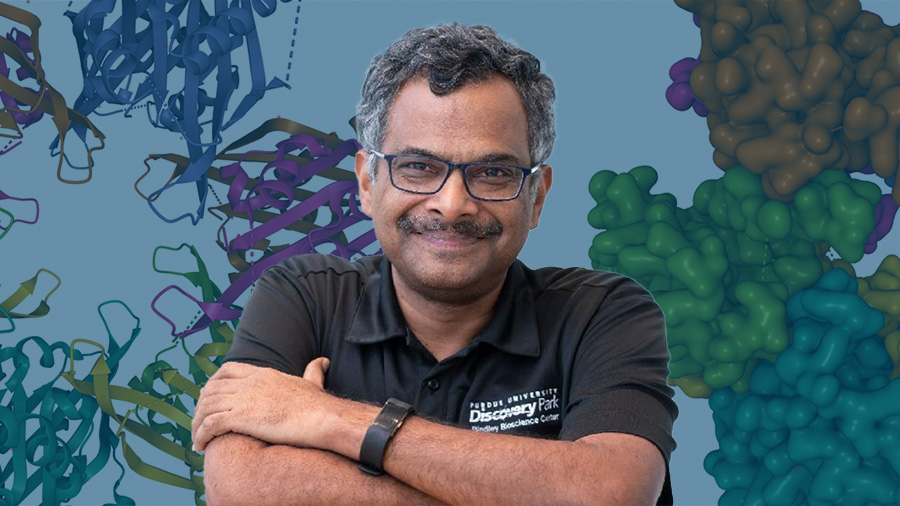
More in People
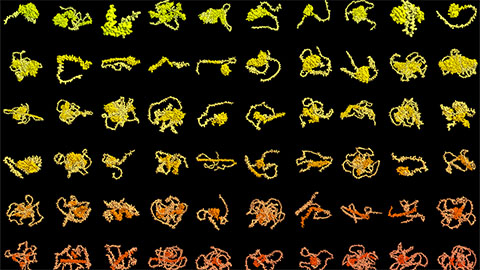
Bioart for fall: From order to disorder
The cover of the fall issue of ASBMB Today was created by ASBMB member, Soutick Saha, a bioinformatics developer at Wolfram Alpha LLC.
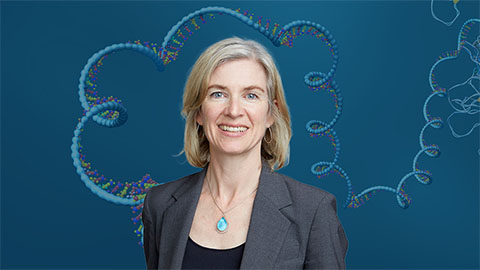
Doudna wins Priestley Medal
She will receive a $20,000 research grant and will formally accept the honor at the ACS Spring 2026 conference.
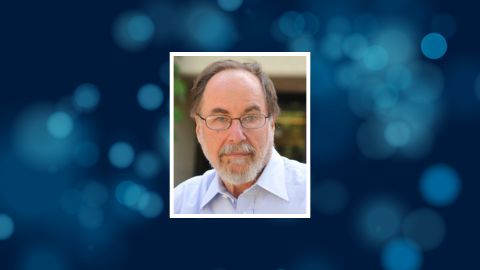
In memoriam: David Baltimore
He was a Nobel laureate, president emeritus at the California Institute of Technology and an ASBMB member for more than 50 years.
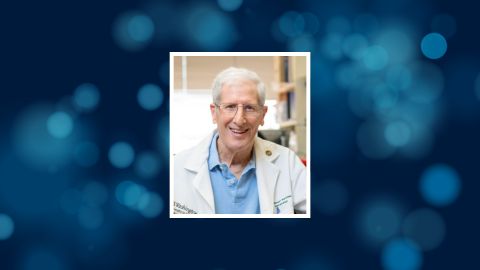
In memoriam: Stuart A. Kornfeld
He was a pioneer in glycobiology and was a member of the American Society for Biochemistry and Molecular Biology for more than 50 years.
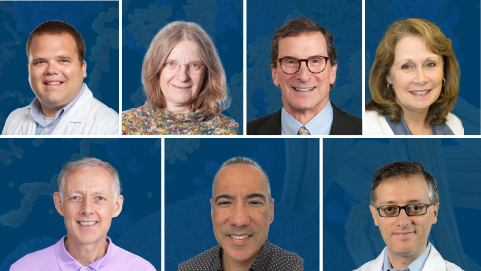
Top reviewers at ASBMB journals
Editors recognize the heavy-lifters and rising stars during Peer Review Week.
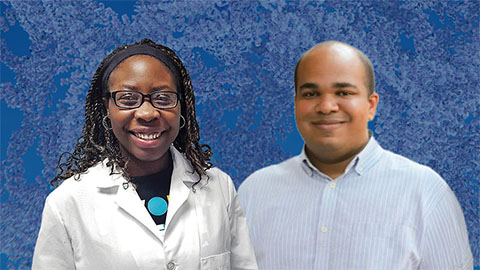
Cedeño–Rosario and Kaweesa win research award
The award honors outstanding early-career scientists studying cancer, infectious disease and basic science.
ASBMB names 2026 award winners
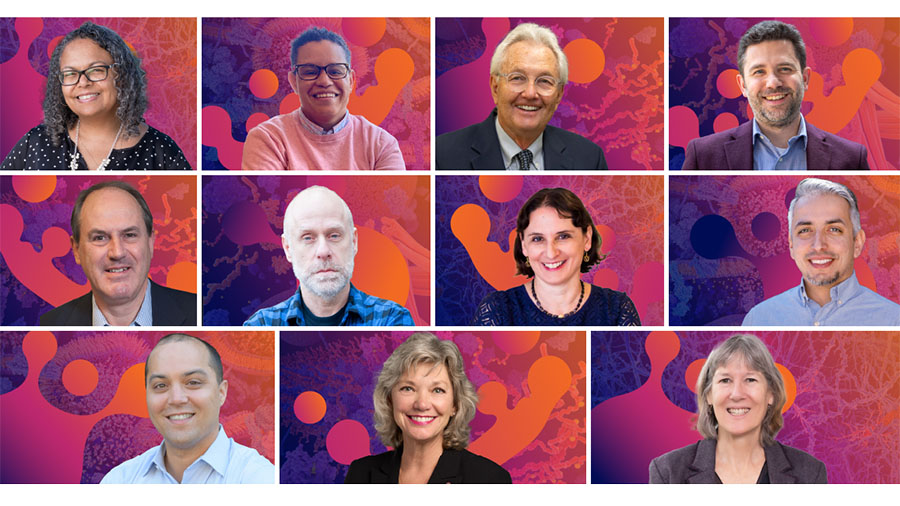
More in People
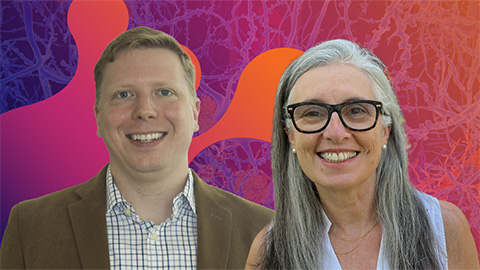
Peer through a window to the future of science
Aaron Hoskins of the University of Wisconsin–Madison and Sandra Gabelli of Merck, co-chairs of the 2026 ASBMB annual meeting, to be held March 7–10, explain how this gathering will inspire new ideas and drive progress in molecular life sciences.
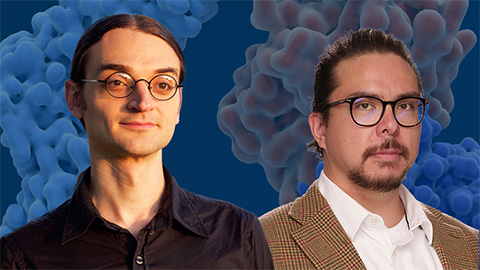
Castiglione and Ingolia win Keck Foundation grants
They will receive at least $1 million of funding to study the biological mechanisms that underly birds' longevity and sequence–function relationships of intrinsically disordered proteins.

How undergrad research catalyzes scientific careers
Undergraduate research doesn’t just teach lab skills, it transforms scientists. For Antonio Rivera and Julissa Cruz–Bautista, joining a lab became a turning point, fostering critical thinking, persistence and research identity.
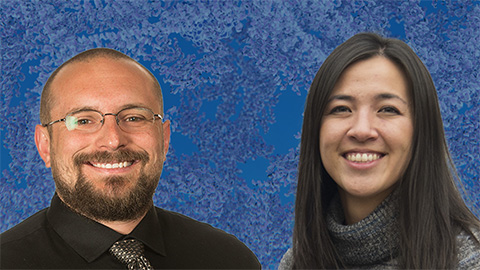
Simcox and Gisriel receive mentoring award
They were honored for contributing their time, knowledge, energy and enthusiasm to mentoring postdocs in their labs.
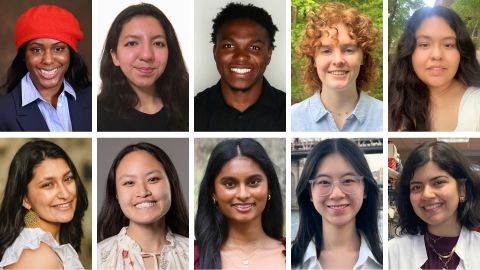
ASBMB names 2025 Marion B. Sewer scholarship recipients
Ten undergraduates interested in biochemistry and molecular biology will each receive $2,000 toward their tuition and related educational costs.
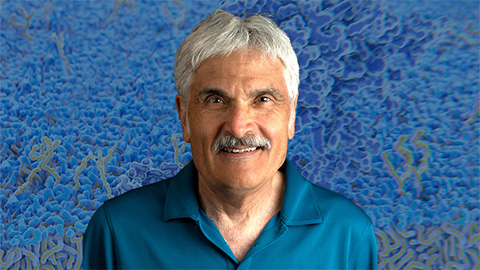
Attie named honorary professor
This award includes $100,000 of research funding and recognizes faculty who have made major contributions to the advancement of knowledge through their research, teaching and service activities.
Get the latest from ASBMB Today
Enter your email address, and we’ll send you a weekly email with recent articles, interviews and more.
